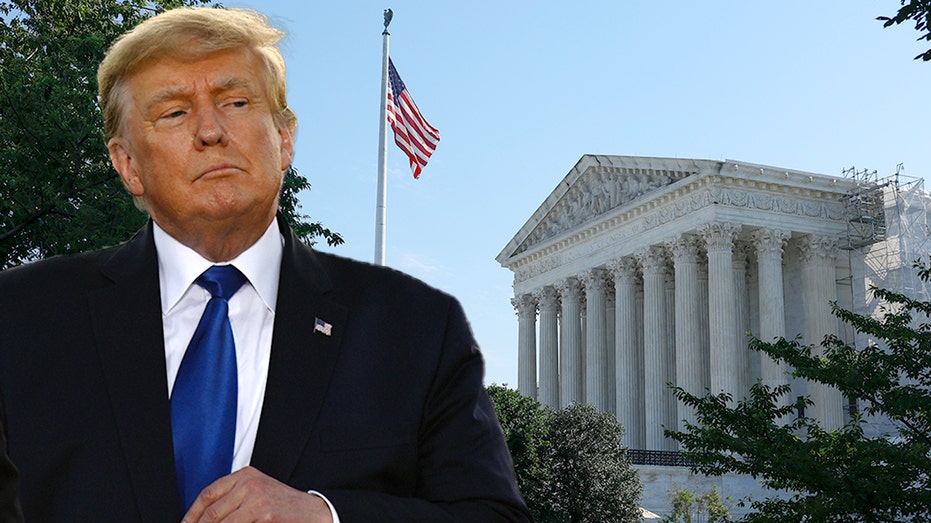Courtroom Combat: Inside the Federal Judiciary System Where Trump's Agenda Faces Legal Fire

Sarah Johnson
April 2, 2025
Brief
Over 120 lawsuits challenge President Trump’s second-term policies, sparking a legal battle through the federal courts and highlighting the judiciary’s role in checking executive power.
The legal pushback against President Donald Trump’s second term has hit the ground running, with over 120 lawsuits filed since January 20. States, advocacy groups, and individuals are coming for his executive orders and policies, setting the stage for a courtroom showdown.
To understand how this will play out, let’s break down the structure of the federal judiciary system. Article III of the U.S. Constitution establishes the Supreme Court and allows Congress to create "inferior Courts." Federal judges, once appointed, serve for life—provided their "good behavior" holds up. (No pressure, right?)
The federal judiciary has three levels: district courts (where trials begin), circuit courts (the first stop for appeals), and the Supreme Court (the final word). Nationwide, there are 94 district courts, 13 circuit courts, and one Supreme Court. It’s like a three-tiered cake, but with far fewer sprinkles and a lot more legal jargon.
Federal courts are "courts of limited jurisdiction," meaning they only hear cases authorized by the Constitution or federal law. Every lawsuit challenging Trump’s policies raises a federal question, giving these courts the power to rule.
At the district court level, judges are presidential appointees who’ve been confirmed by the Senate. If plaintiffs lose here, they can appeal to a circuit court, which reviews decisions for errors. Circuit courts cover multi-state regions. For instance, the Fifth Circuit oversees Louisiana, Mississippi, and Texas. Decisions here are binding for all lower courts in the region but merely "suggestive" for other circuits.
When disputes between circuits arise, it’s called a circuit split—cue the Supreme Court. The highest court in the land steps in to resolve inconsistencies, but it’s picky about what cases it accepts. In fact, the Supreme Court only grants review in less than 1% of appeals. That’s right, less than 1%. Your odds of getting struck by lightning? About 1 in 15,000. So, yeah, good luck with that.
The Trump administration isn’t shy about taking its battles to the Supreme Court. Recently, it appealed a D.C. Circuit Court decision blocking the use of an 18th-century wartime law to deport Venezuelan nationals. The back-and-forth between the administration and the courts is turning into a legal tug-of-war, with the stakes climbing higher.
Even as these lawsuits pile up, they highlight a truth about democracy: the judiciary’s role as a check on executive power is alive and well. Whether you’re for or against Trump’s agenda, these courtroom clashes are setting legal precedents that could ripple far beyond his presidency.
Topics
Editor's Comments
While the federal judiciary system might seem like a dry topic, it’s currently the stage for what feels like a political soap opera. The sheer volume of lawsuits against Trump’s policies not only underscores the contentious nature of his agenda but also emphasizes the resilience of the checks-and-balances system. Oh, and can we talk about how wild it is that the Supreme Court reviews less than 1% of cases? It’s like trying to RSVP for an exclusive VIP club—most folks just aren’t getting in.
Like this article? Share it with your friends!
If you find this article interesting, feel free to share it with your friends!
Thank you for your support! Sharing is the greatest encouragement for us.



